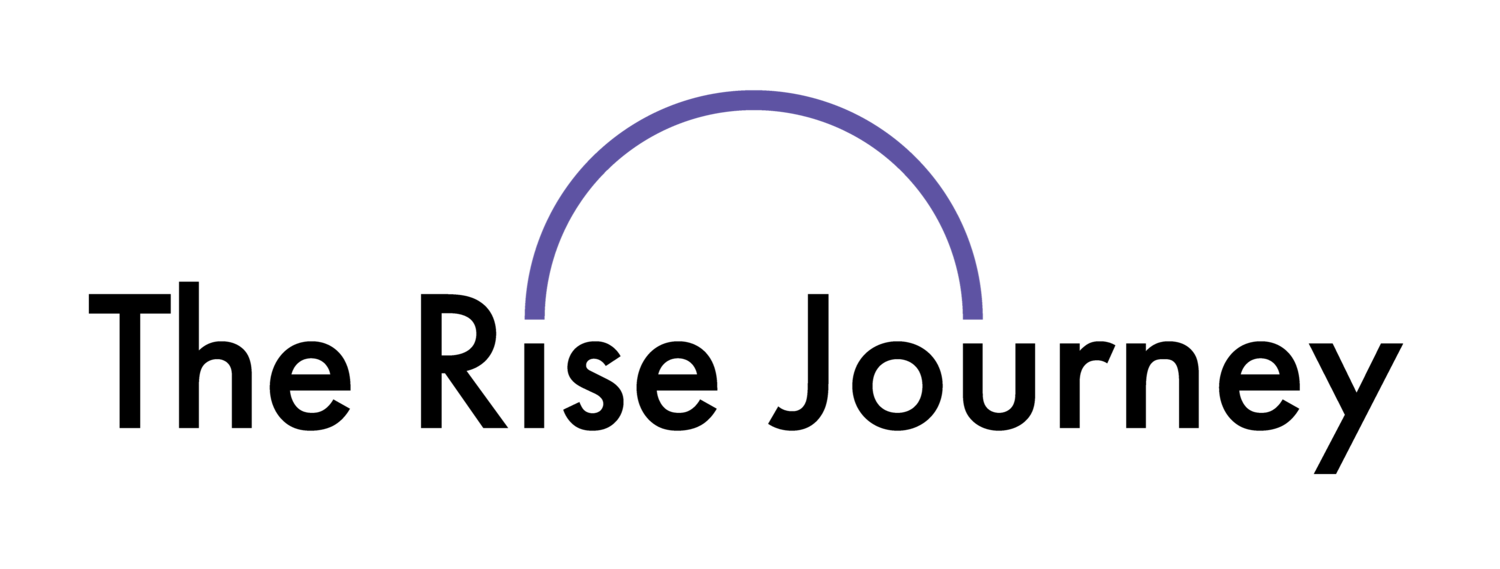3 Tips for People Ops in the Age of Digitization
Jes Osrow is a full-time HR professional in the mental healthcare space and the co-founder of The Rise Journey. She has eleven years of experience in People Ops and doesn’t take any shit.
Every work day, I interact with five or six unique HR SaaS platforms. I’ve noticed, in general, that they suck.
They’re clunky. They don’t communicate. They’re too general, or even worse, too specific to be useful. They’re clearly better than a series of Google Sheets but not so much better that they don’t annoy us.
But it’s not their fault. Or rather, it’s not only their fault. We live in the era of digitization and any process that can be digitized probably will be. It’s just cheaper, faster, and more efficient to take these processes online. People Ops, however, seems to be one of the late-movers in this space. While sales, engineering, and marketing have embraced these digital trends for a decade or more, our industry has been slow to adapt. When looking at some top HRIS platforms, like Zenefits (2013), Rippling (2016), or Lattice (2015), you’ll notice that they’re still in their infancy. Older platforms, like BambooHR (2008) and Namely (2011), really feel their age.
In short, the innovation, the user experience, and the technology are still being developed. So, while we’re waiting for better tools (and they’re coming!), here are my top three tips for People Ops in the era of digitization.
Integrate your tools and systems with each other whenever possible. It seems like every part of our work life is siloed on one platform or another. If you have the authority, try to pick systems that already integrate, whether it’s via API, .CSV upload, or some other basic interaction. It’s hard to stick with our process or make good decisions when we’re constantly flipping between platforms that don’t communicate. Taking the time to integrate these systems in the beginning will not only save you frustration in the long run, but it’s the first step towards having technology that actually supports and enhances your work.
Be aware when using algorithms or AI. As difficult as it may be, it’s important that you understand how these technologies work before you give them power. Even if you have a good understanding of how these technologies make predictions or analysis, remember that they can only see what we tell them to see. It’s up to you to provide context. Algorithms are our advisors, not our masters.
Be human. As we automate away lower processes, identify and keep your grip on the irreplaceably human elements in Human Resources. Remind yourself that a candidate is much more than the tally of keywords in their resume, or that an employee is more than the scorecard they just received from a performance review. Technologies like Slack and Zoom make contact persistent, nearly omnipresent, without deciding whether that contact is beneficial. It’s our job to engage and consider all voices, to think critically and anticipate what’s coming around the corner, to build a positive work culture that engages our people.
Work with what you have, lobby for positive change, and don’t let bad tools get in the way of doing a good job.
Do you have a favorite HRIS platform? One that blows the others out of the water? Let us know in the comments.
